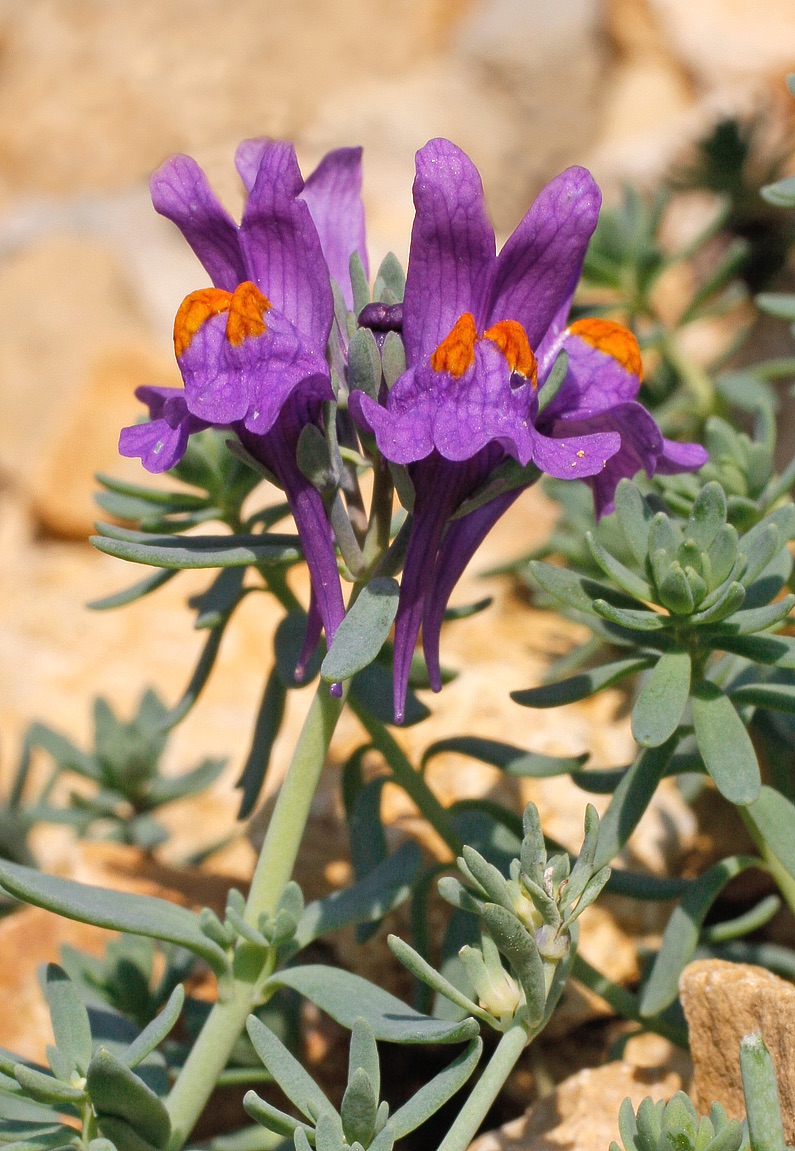Why rare plants are rare
Rare plant species suffer more from disease than commoner species. The fact that rare species are more susceptible to attack by micro-organisms living in the soil, such as fungi and bacteria, may in fact be one of the reasons they are rare. Biologists have been trying to work out why some species are rare, while others are common, since Darwin's time and a new study from researchers at the University of Bern provides a possible answer.
It has long been assumed that species are common because they can cope with a wide range of environmental conditions. Common species would therefore have a wide tolerance for different climates or soils and would be able to grow in many places, while rare species would only be able to grow under special conditions and in a few places. However, the way in which plants interact with other organisms, such as those in the soil, could also explain rarity, although few researchers have looked at this.
Scientists at the University of Bern have now shown that rare species, which occur in just a few places, are much more strongly harmed by soil organisms than common species. The study was published in the journal "Ecology".
Climate change will make the problem worse
Plants use their roots to take up the nutrients they need to grow and at the same time they produce a number of "exudates" which they excrete into the soil. These are organic (carbon containing) compounds that in turn provide food for many different microbes. As different microbes prefer different exudates, plant species end up with different communities of soil organisms living around their roots. Some of these organisms (such as mycorrhizae) help the plants, but others (like pathogens) harm them.
To test if rare and common species differed in the soil communities they cultured, or in how they responded to them, the researchers did an experiment in a greenhouse comparing plants that are rare or common in Switzerland. They showed that rare plants suffered more than twice as much from soil organisms and, compared to common species, they also seemed to accumulate more pathogens around their roots. "Just as with people, some plants are more resistant to disease than others", explains Anne Kempel, the first author of the study. It seems that being better able to cope with generalist pathogens allows common species to spread and colonise new habitats more easily. "A high susceptibility to pathogens prevents this and seems to make some species rare", says Kempel. This may cause more problems for rare species in the future. "This is especially bad news given the current changes in climate", says Eric Allan, the senior author of the study. "Because of their susceptibility to disease, rare species might find it harder to find suitable new habitats as the climate changes."
Publication:Kempel, Rindisbacher, Fischer & Allan: Plant soil feedback strength in relation to large-scale plant rarity and phylogenetic relatedness. Ecology, 01 March 2018, doi:10.1002/ecy.2145 |
2018/03/06


